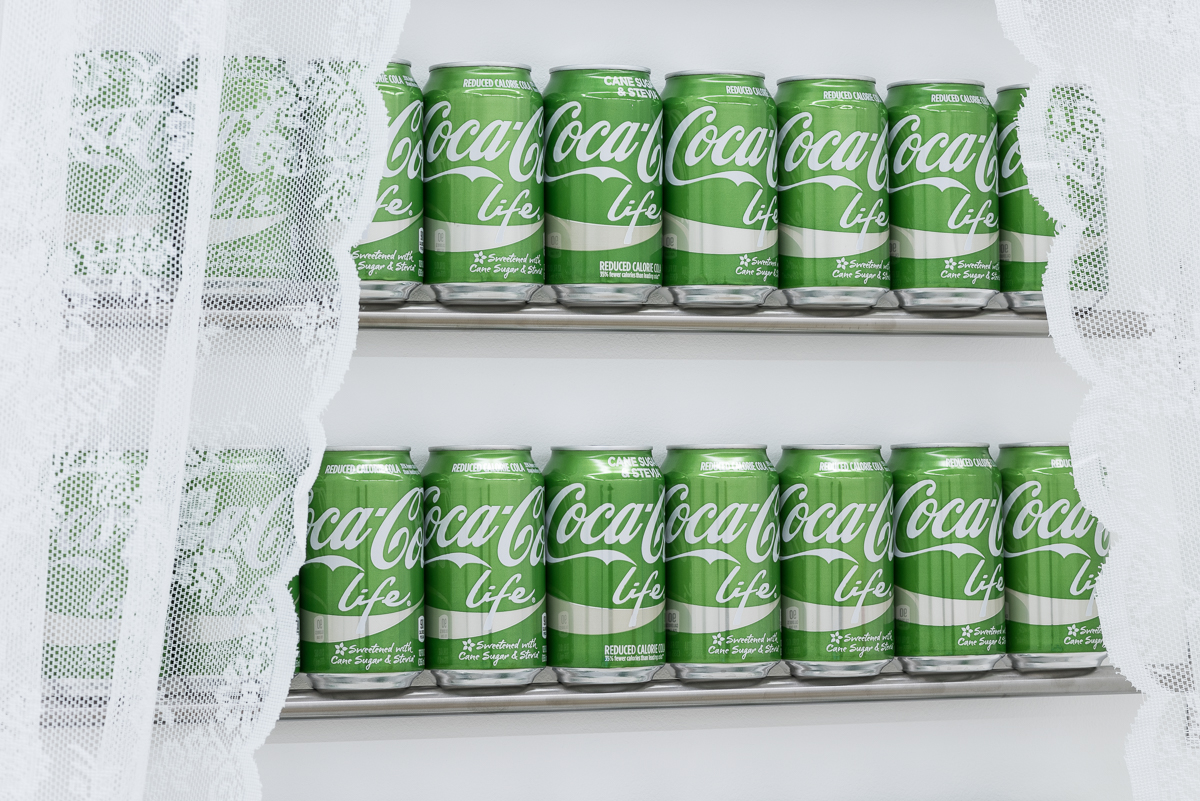Stine Deja spoke to Tank Magazine about her second solo exhibition There’s Life Outside at Annka Kultys Gallery.
There’s Life Outside: a new exhibition by Stine Deja provides an exposé of our increasingly artificial world
A new exhibition from London-based artist Stine Deja asks whether in our increasingly artificial world we risk losing what it means to be alive. Titled There’s Life Outside, a series of video pieces and installations at Annka Kultys Gallery provide an elegant and timely exposé of the increasingly unnatural world in which we find ourselves. Tank spoke to Deja about her exhibition.
Tank Tell me about the title: “There’s Life Outside”. Does such a distinction exist anymore?
Stine DejaIt’s a good question and in fact the show is intended to expose the ways in which our lives are increasingly artificial. The name of the show was taken from one of the pieces; an installation with two windows where the view is obscured by rows of cans of Coca-Cola’s Life brand of Cola.The installations highlight the ironies and contradictions within Coca-Cola’s marketing strategy for its Life sub-brand. I think that having a multi-national global corporation name its latest product after that most organic of processes –life itself – only emphasises the contrast to the artificiality and lifelessness of the product. This show takes that idea and imagines a whole living space without any life inside it.
T How did Jørgen Leth inspire your video piece The Perfect Human?
SDI always admired Jørgen Leth’s anthropological approach to filmmaking. In this case I was interested in how he ‘paints’ human life in the year 1967 and started to wonder what such a film would look like in the digital era. His version looks at both man and woman, and the interaction between the two. I chose to portrait a (non-gendered) human alone in a room with a computer. I always intended this film to be a homage to Leth, although I’m not sure how much he would actually enjoy it.
T What are the ideas behind Self-service? From one angle, it seems like a piece about automation and late capitalism but there’s also an emotional/affective element to it as well – the loss of human contact.
SD I’m super interested in how advancement in some arenas is measured by a device’s ability to mimic or replicate the human role that it has been introduced to replace. In the case of the self-service checkout, news that they may become “personalised” to connect with the customer after gathering personal data from a loyalty card is unsurprising. I’m interested in whether this surrogate evokes actual feelings in the consumer or if it is simply a relic of customer service that becomes meaningless in the “hands” of automated voices and scales. Or maybe, as we continue to identify ourselves through the devices that mediate our lives, it is inevitable that we too will continue to have feelings towards them.


